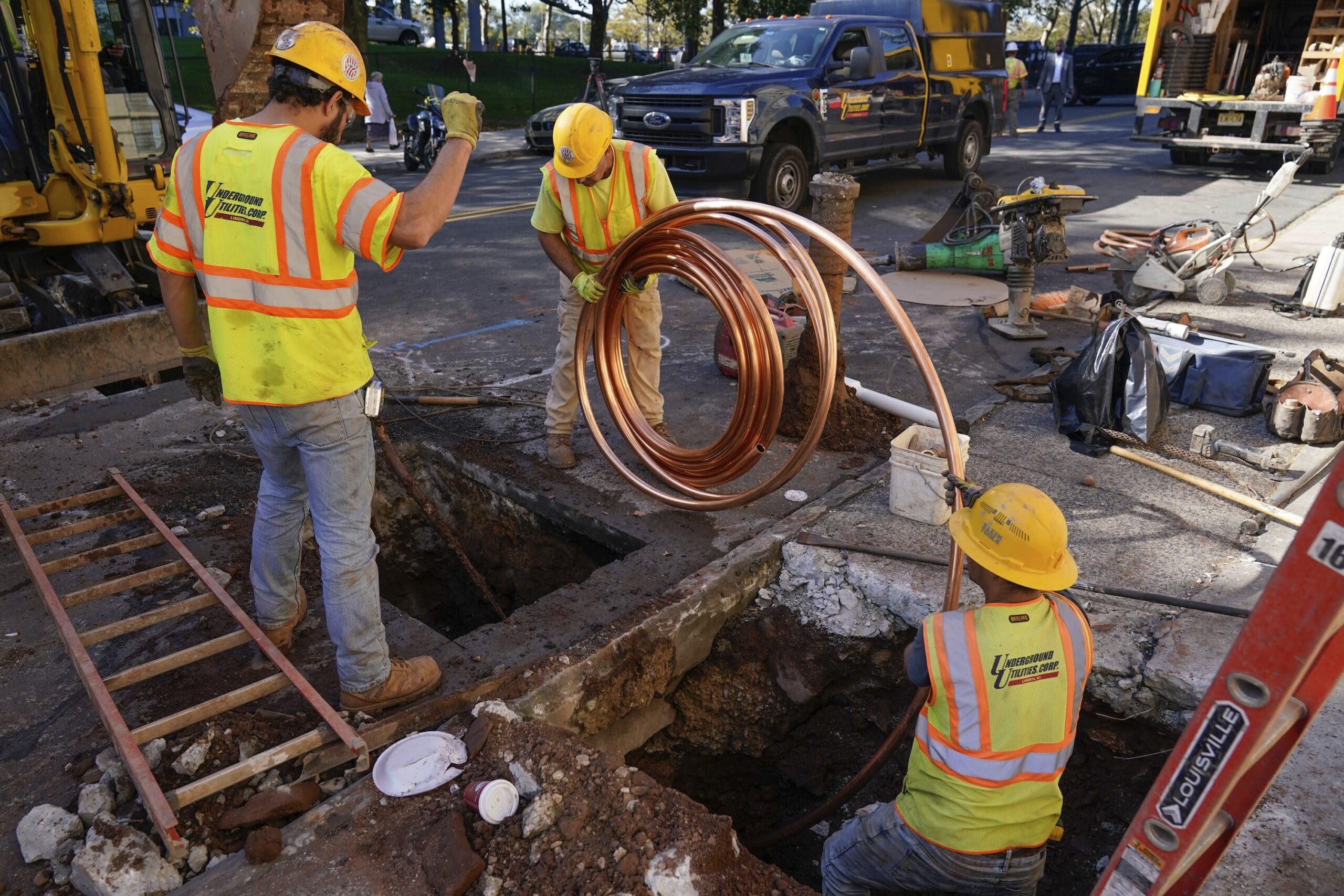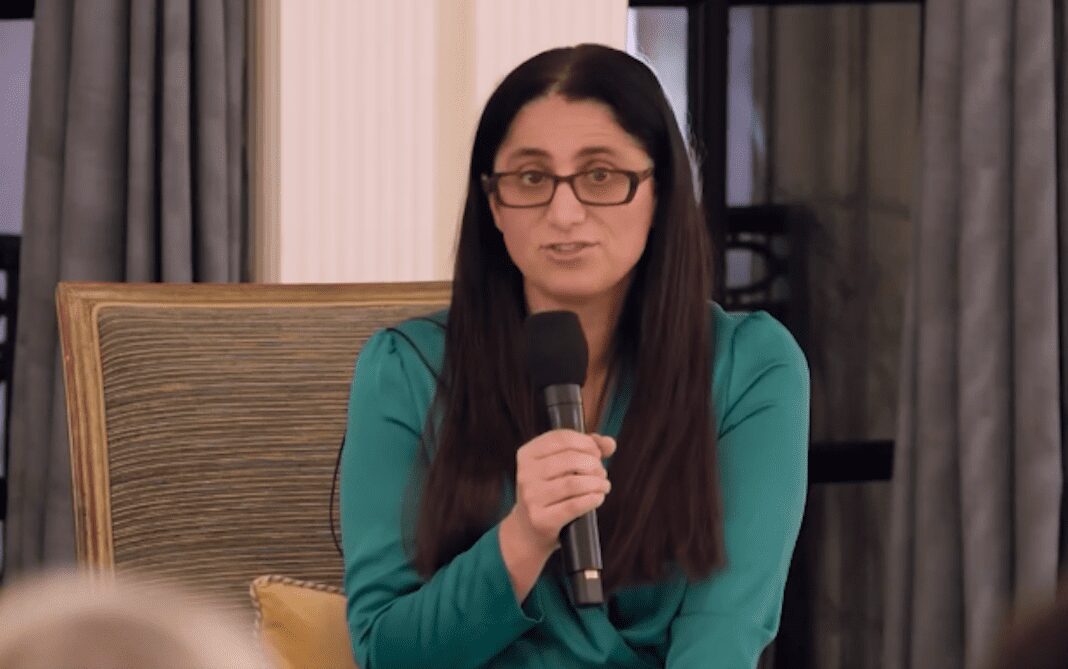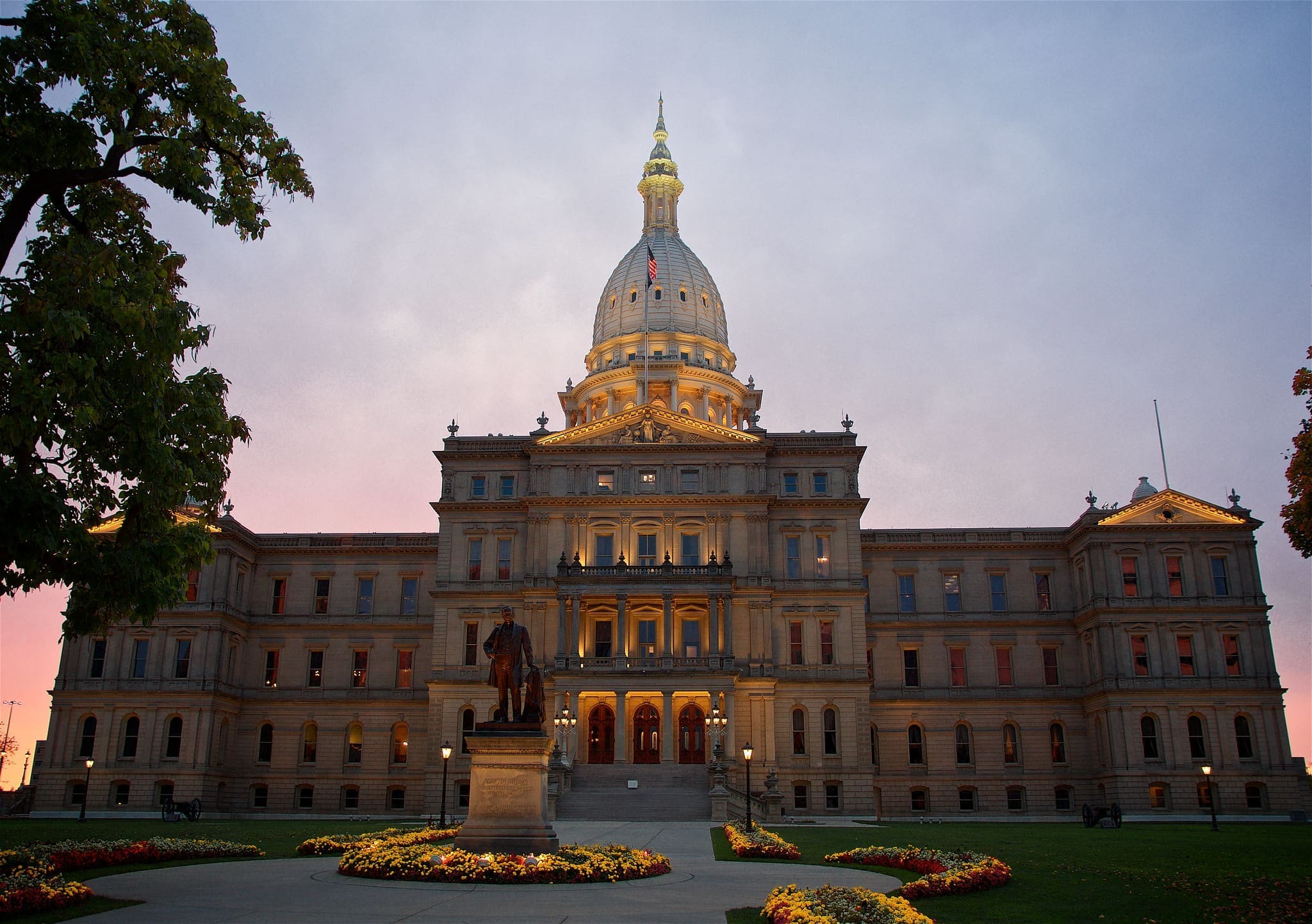Michigan’s population decline begins to slow
County estimates released by the U.S. Census Bureau earlier this month are a positive sign amid the state’s efforts to spur population growth.

Michigan’s population grew in 2023 for the first time in three years, according to estimates from the U.S. Census Bureau. This population growth follows a trend across the Midwest.
Since 2020, Michigan has lost more than 30,000 people, but the state’s population decline seems to be slowing after it saw a modest increase between 2022 to 2023 of an additional 4,000 residents.
Although not all areas of the state are growing evenly, county estimates released by the Census Bureau in March are a positive sign amid the state’s efforts to spur population growth.
Michigan’s simultaneously aging and shrinking population has been an area of concern for state officials because the number of residents can affect the state’s economic resources and its representation in government. For example, Michigan lost a congressional seat in 2022 redistricting because of population loss.
Over the last year alone, Gov. Gretchen Whitmer has created the nation’s first statewide chief growth officer role and launched a $20 million national marketing campaign to attract workers.
Her administration also established the Growing Michigan Together Council, a group of state officials and community leaders who are tasked with developing strategies that will make Michigan a desirable place for people to live.
“The best thing about Michigan are the people who call it home and this council will ensure our state is able to attract talent and provide expanding opportunities for families,” Whitmer said in the announcement establishing the council. “Over the last few decades, we have seen Michiganders find opportunity elsewhere because jobs and talent have been pushed out of the state. Since taking office, I’ve made it a priority to change that narrative.”
With a community of 300,000 residents, Ottawa County in West Michigan remained the state’s fastest-growing county, adding an additional 2,454 residents. Other counties in West Michigan closely followed behind Ottawa, including Kent County with 2,434 people, Kalamazoo County with 1,323 people, and Muskegon County with 1,025 people.
Despite the growth on the west side of the state, Wayne County, Michigan’s most populous area where Detroit is also located, experienced a large drop in the number of residents. Wayne County was down nearly 7,800 people between 2022 and 2023. Census data shows the county has lost nearly 40,000 people since 2020.
The city of Detroit and its mayor, Mike Duggan, have had a tense relationship with the Census Bureau in the past. Duggan has accused the bureau of undercounting the majority-Black city due to its formula based on counting housing units, which has led the city to file two lawsuits against the Census Bureau. The city’s first lawsuit, filed in 2022, resulted in the bureau increasing its original estimates for the previous two years. Detroit filed another lawsuit in March of this year, once again challenging those numbers — just two months shy of the release of city-level census data for 2023.
Natural decrease, or the amount of deaths outnumbering the amount of births, further contributed to Michigan’s total number of resident losses from 2022 to 2023. According to the Census Bureau, 73 of Michigan’s 83 counties experienced a natural decrease, which was among the highest such rates in the country.
Guidehouse, an independent firm that put together a report on Michigan’s economic and demographic future for Whitmer’s Growing Michigan Together Council, found that changes in Michigan’s population have greatly deviated from national growth trends. This has created a gap that’s unlikely to close in the next 20 years, according to a press release from Whitmer’s office.
The council submitted an 86-page report to the governor and the Legislature in December that identifies ways the state can continue to attract and retain residents, with the goal of making Michigan a top 10 state for population growth by 2050. The council’s strategies focus on improvements in education, job opportunities and infrastructure.
“Michigan is in an unfolding crisis. We’re 49th in terms of population growth and our PreK-12 education outcomes are lagging behind faster-growing peer states. While the challenges facing our state are not new, it’s critical that we take action now,” said council Chair Shirley Stancato in a statement.




